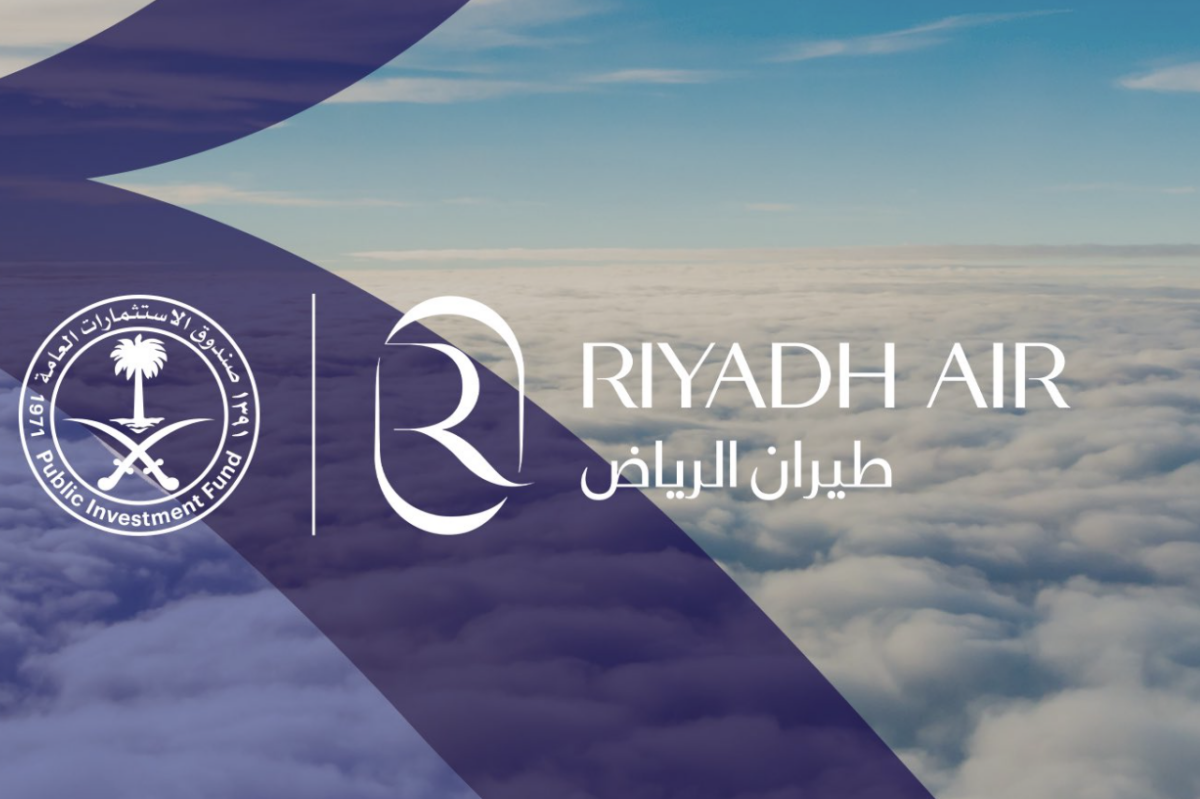What You Need to Know About Saudi Arabia's Bet on a New National Airline

Photo Credit: Saudi Arabia announced on March 12 it would be launching a new national airline to help with its overall tourism strategy. Riyadh Air
Riyadh Air, the new national airline announced this weekend, is the latest manifestation of Saudi Arabia’s hyper-ambitious attempt to develop its aviation and tourism sectors. The airline will launch using funds generated from Saudi Arabia's lucrative oil industry, ironically to help boost an alternative economy within the Kingdom.
No details were provided when the carrier plans to start flying.
The creation of the airline aspires to link the country’s capital Riyadh to more than 100 destinations worldwide by the end of this decade. The carrier will join Saudia, another government-owned airline, in its case based in Jeddah.
The ambitious plans portend what will likely be a giant aircraft order, a separate announcement on which could come soon. Airbus and Boeing are both competing for the order. Saudia itself, including its low-cost arm Flyadeal, currently has 53 Airbus A320-family narrow-bodies on order, according to Cirium Fleets Analyzer.
Officials established a public investment fund, or PIF, tasked with helping the economy prepare for the world’s transition to cleaner forms of energy. Following a sharp run-up in oil prices last year, the Kingdom’s state-owned oil company generated an annual profit of $161 billion.
For context, that’s roughly equal to the total revenues of the Ford Motor Company and highlights the PIF’s financial capacity to undertake massive investments like a new airline with worldwide reach. The sovereign wealth fund is simultaneously investing in what promises to be one of the world’s largest airports. Announced in November, the King Salman International Airport is designed to accommodate up to 185 million passengers and process 3.5 million tons of cargo by 2050. Atlanta’s airport, currently the world’s busiest, handled about 110 million passengers in 2019.
During the oil boom of the 1970s, Gulf exporters typically deposited most of their export proceeds in western banks, earning interest but little in the way of national economic development. During the oil boom of the 2000s, however, some Gulf governments invested a sizeable share of their energy riches in aviation-related projects, including airlines, airplanes, and airports. Not all such projects turned out successful—Abu Dhabi’s Etihad proved overly ambitious. But others like Emirates and Qatar Airways proved more lasting, providing their economies with powerful engines of wealth and job creation unrelated to natural resources. Saudi Arabia was slow to adopt this model, mostly because it was reluctant to spawn a large tourist sector.
That’s completely changed. The Kingdom is now aggressively encouraging tourism, cutting airport charges and inviting foreign low-fare carriers like Wizz Air to serve its markets. The country, as Skift recently reported, plans to spend a massive $1 trillion over a decade to develop its tourist economy. It aims to welcome some 100 million visitors annually by 2030.
Will its aviation ambitions succeed? That will partly depend on the success of its tourism efforts, in the past challenged by practices including prohibitions an alcohol, restrictions on female freedoms, and highly publicized allegations of human rights abuses against journalists.
The new Riyadh Air will be run by Tony Douglas, formerly the chief of Etihad. “The airline,” said the PIF in a statement, “will provide tourists from around the world the opportunity to visit Saudi Arabia’s cultural and natural attractions.”
